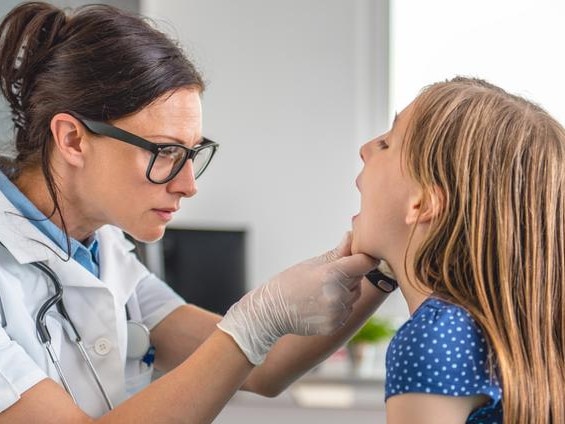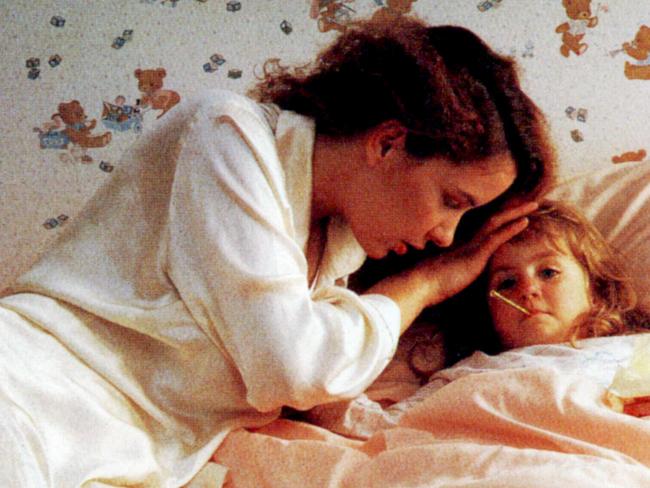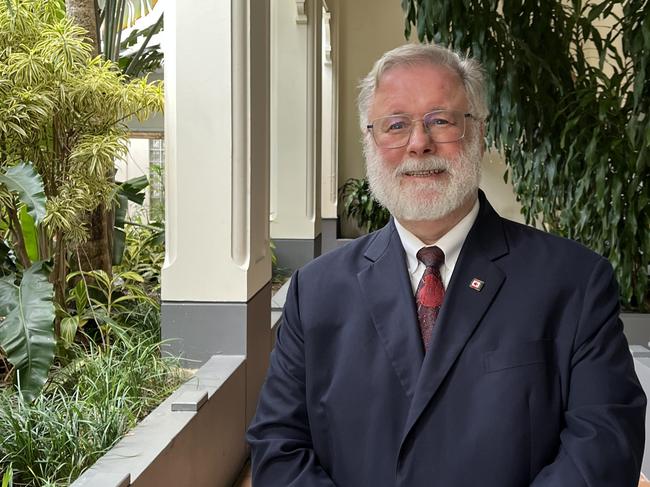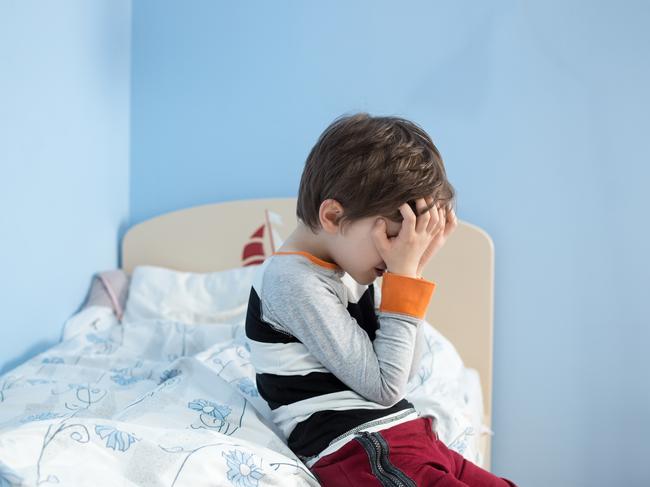Gaps in health system means one in five Aussie children are in pain
A fifth of Australian kids are suffering from painful issues like headaches unnecessarily for this reason.

Parenting
Don't miss out on the headlines from Parenting. Followed categories will be added to My News.
Experts say urgent action is needed to fix “significant gaps” in global health systems because children are suffering chronic pain unnecessarily – including in Australia.
An estimated one in five Australian children live with chronic pain, usually caused by conditions such as juvenile arthritis, fibromyalgia (long term widespread body pain) and headaches.
Abdominal and pelvic pain are the most common causes of chronic pain in teenage girls, in teenage boys it is musculoskeletal pain.

One of the world’s leading pediatric anaesthesiologists Allen Finley has told a major international symposium in Cairns that while there was a lack of comprehensive pediatric pain protocols, adequate funding for specialist medical teams offered a solution.
He said these teams should include doctors, nurses and other disciplines such as physiotherapy and psychology who are not only trained in chronic pain management in children, but given the time to do it.
Addressing the Faculty of Pain Medicine’s 2025 ‘Diving Deep’ symposium, Professor Finley said while it was certain that many children in the world received inadequate pain care, investment in these teams would save money in the long run.
“If you have treatment by an interdisciplinary multimodal team, then you reduce significantly the number of GP and pediatrician visits, hospital emergency visits, X-rays, investigations, even hospitalisations. So the actual overall cost to the health system and also to the family is dramatically less,” he said.

“The biggest problems are not how to treat pain, it’s how to get people to treat pain.
“I don’t think you’ll find anybody in Australia working in pediatrics or anaesthesia who isn’t aware children have pain and need treatment.”
Professor Finley trained as an anaesthesiologist in Canada, but his career took a turn into pain management for children 30 years ago when he helped care for a child with cancer.
He told around 100 of Australia’s top specialist pain medicine physicians that when he met the four-year-old she spent her time curled up under blankets, not talking, and retreating from the world.

He said she was suffering, with no way to articulate her pain or ask for relief.
Professor Finley revolutionised the way pain relief was delivered to children thanks to the protocol he developed for her.
He said although morphine was not used for children back then, he suggested it at a dose he adjusted to be appropriate for her.
Nominating him for an exceptional service award at Dalhousie University in Halifax where he is Professor of Anesthesia and Psychology and chair of pediatric pain management, her sister said the morphine treatment allowed her to spend her last weeks in relative comfort, and to be home with family, out of hospital and with pain relief, just in time for Christmas.
Professor Allen helped develop the first comprehensive acute and chronic pain management program for children in Canada, and is the co-founder of ChildKind which provides accreditation criteria to certify hospitals worldwide that address children’s pain prevention, assessment and treatment.

Professor Finley said in Australia knowledge was not the barrier to improving relief for chronic pain in children, it was more the finding of resources.
“You need the hospital or the health authority to say, ‘Yes, you’re going to do this two, three days a week, whatever, and we will pay for your time to do that’,” he said.
“Getting that priority on the health authority administration agenda is always the challenge in every country.”
The reporter attended the scientific meeting as a guest of Australian and New Zealand College of Anaethetists.
More Coverage
Originally published as Gaps in health system means one in five Aussie children are in pain





